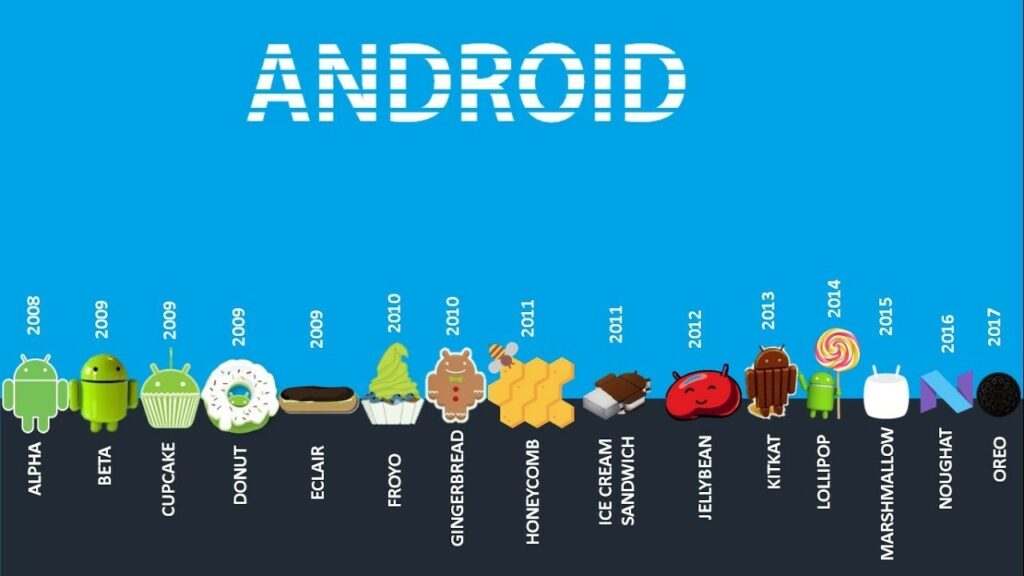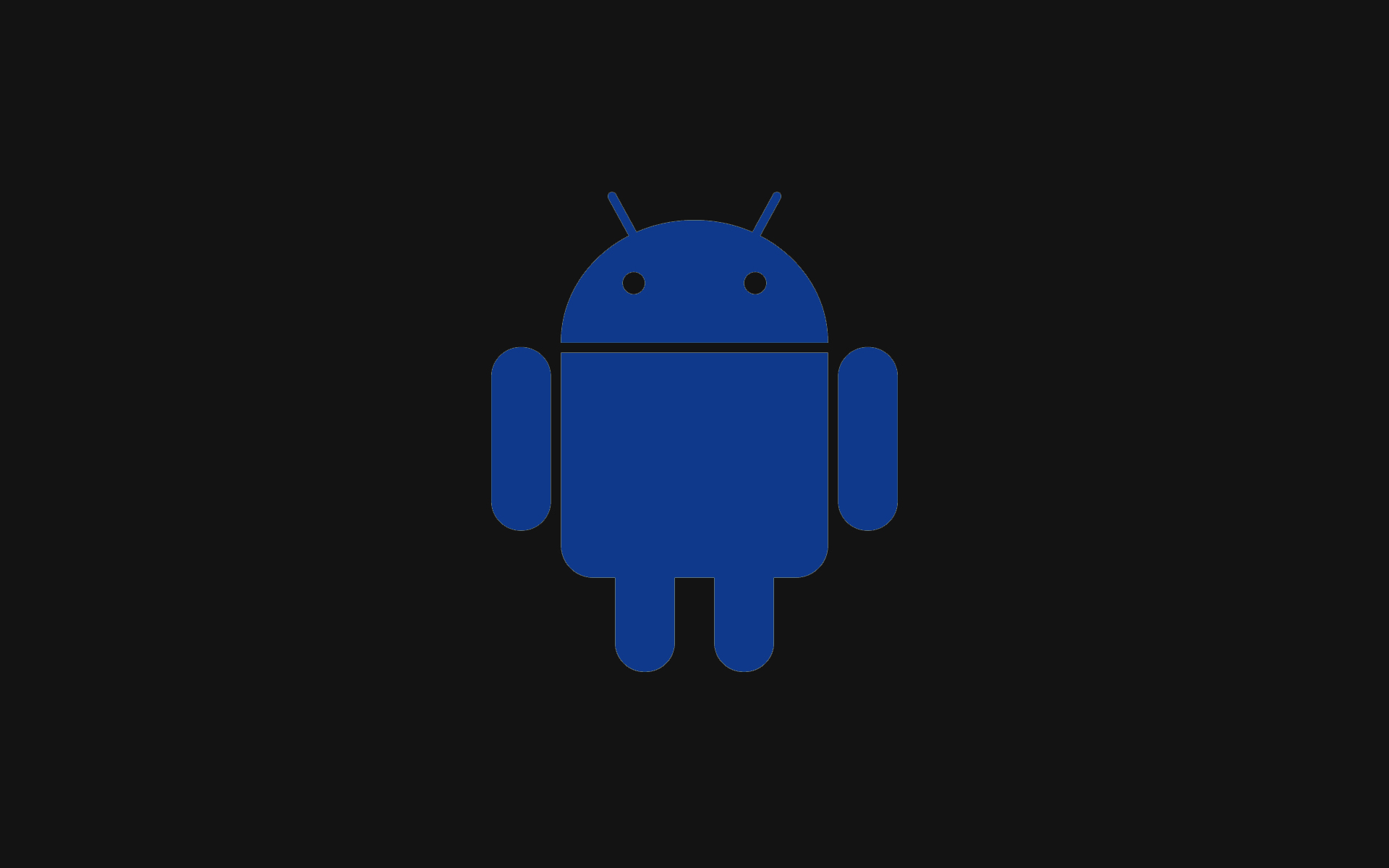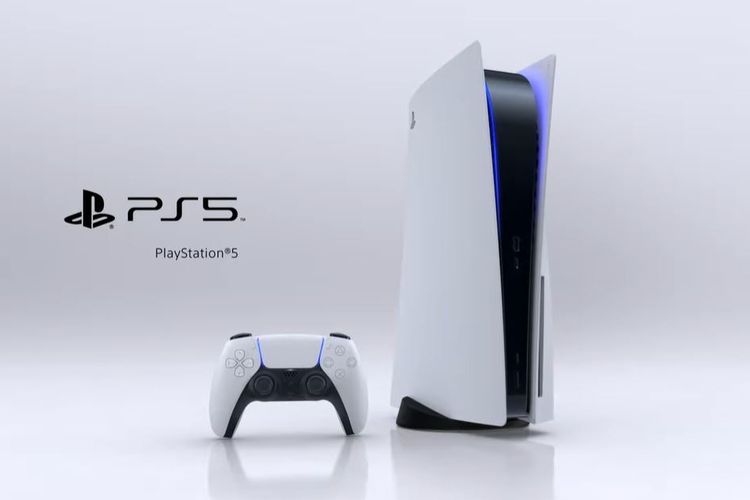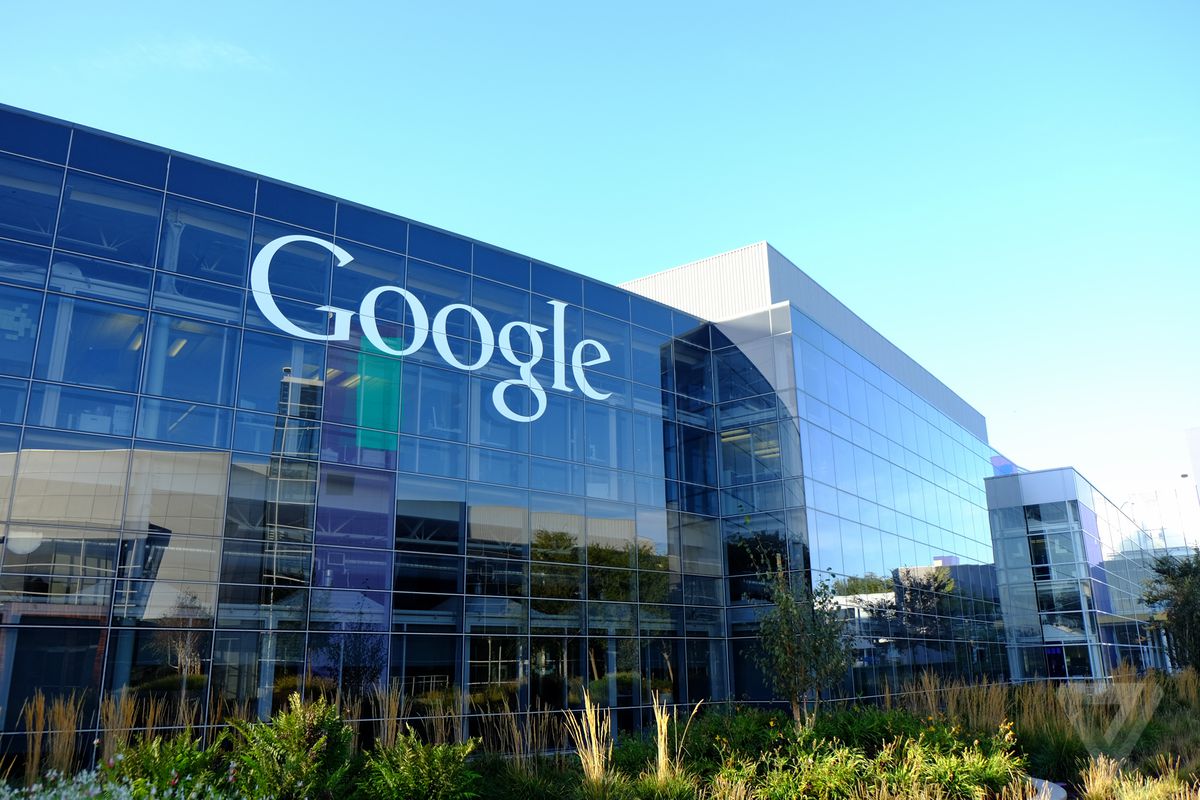Android is a phenomenal technology. This operating system improves a traditional mobile phone into a modern one. Nowadays, you have a mobile phone rather than just a device to send texts or calls. Over 2.5 million people are using Android actively nowadays. So, who is the founder of Android and the history of this operating system?
When Did Android Start?
Everything started in 2003 when Andy Rubin, Rich Miner, Nick Sears, and Chris White created a start-up company known as Android Inc. Unfortunately, the company in Palo Alto, California lacked funds to continue the project.
Google saw it and acquired Android Inc. in 2005 to save the company. It doesn’t mean that all of them gave Android, but they moved to the Googleplex. They work to develop the operating system. As a result, they published the first Android 1.0 in beta version on November 5, 2007.
The response was great so they launched the original version of Android 1.0 or API 1 on September 23, 2008. This system was used for the first time by the HTC Dream smartphone. The first Android offered a variety of features, including Google Maps, YouTube, an HTML browser, Gmail, camera Bluetooth, and Wi-Fi.
The Play Store or Android Store was also available in a pre-installed version. In February 2009 the company updated the 1.0 version into Android 1.1 or API 2, along with some improvements.

The Development of the Android Operating System
Android Cupcake
The company didn’t stop only on Android 1.0 and Android 1.1. The team continued the project and launched Android 1.5 or known as Android Cupcake in April 2009. Samsung Galaxy phone series was the lucky brand that received this operating system for the first time. This operating system comes with a variety of features, such as widgets, video recording, auto-rotation, copy-past for browsers, and many more.
Android Donut
In September 2009 the team released a new version known as Android 1.6 or Donut. The most significant improvement was the use of CDMA networks. Users can also use other new features, including fuller integration, expansion of the gesture framework, text-to-speech, and others.
Android Éclair
Even a month after the release of Android Donut, the company introduced Android Éclair or Android 2.0 in October 2009. The valuable improvements were the navigation with voice guidance in Google Maps, live wallpapers, drag and drop to lock and unlock the screen, and others.
Android Froyo
The word Froyo is taken from the word Frozen Yogurt. It was launched in May 2010. It was time when the company introduced Wi-Fi for mobile phones, PIN or password protection, and others. They kept updating the version until November 2011.
Android Gingerbread
Google and Samsung developed a specific mobile phone known as Nexus S to install Android gingerbread. The strength of this version is its simplicity and fast speed. Android Gingerbread supports extra-large screens, multiple cameras, and others.
Android Honeycomb
It was the Android 3.0 version released in February 2011. The company installed this version in the Motorola Xoom Tablet. They kept updating the version until December 2011.
Android Ice Cream Sandwich
It is the 4.0 version and was released in October 2011. The significant improvement was the face unlock feature.
Android KitKat
In 2013, the company released Android KitKat or the 4.4 version. In this version, users can use the OK Google command and Google Hangouts.
Android Lollipop
Nexus 6 device used Android Lollipop or 5.0 in November 2014. This version supports Android TV, along with improved UI design.
Other Android Versions
The company kept improving its operating system, including Marshmallow, Nougat, Oreo, and Pie. Plus, Android 10 and 11 do not use a sweet name anymore.







